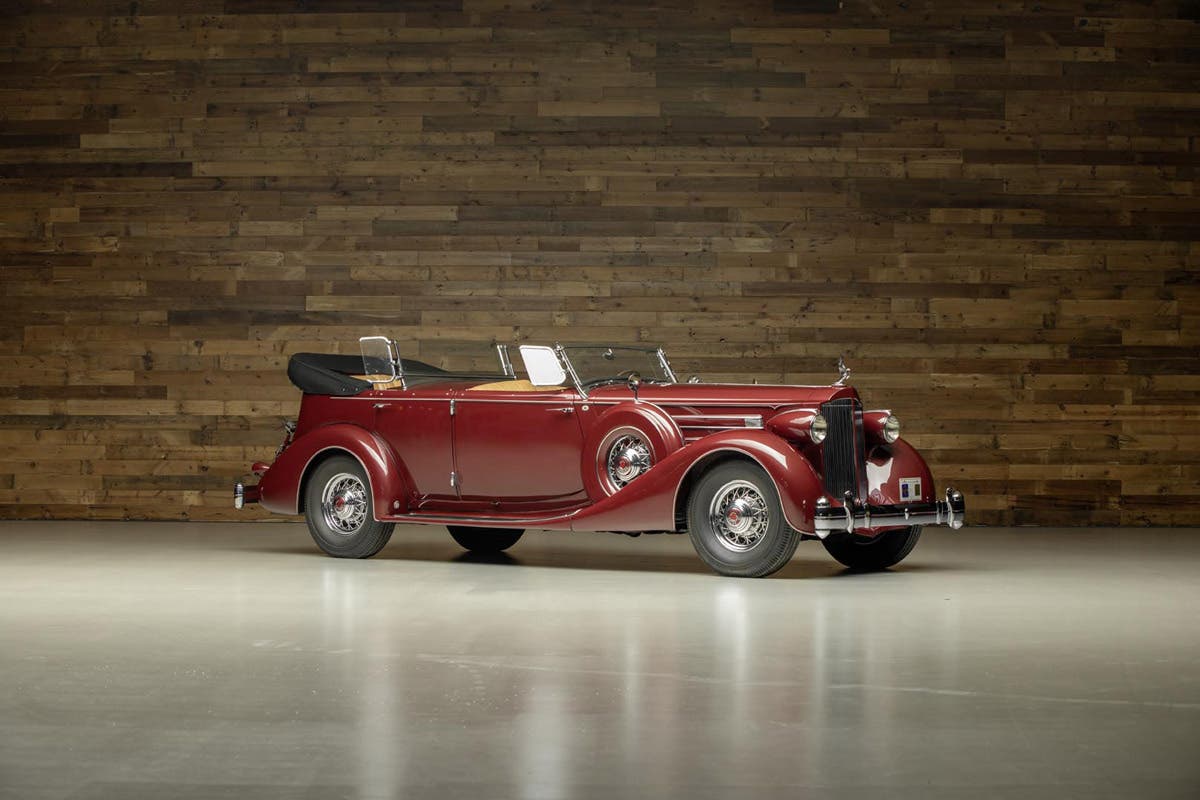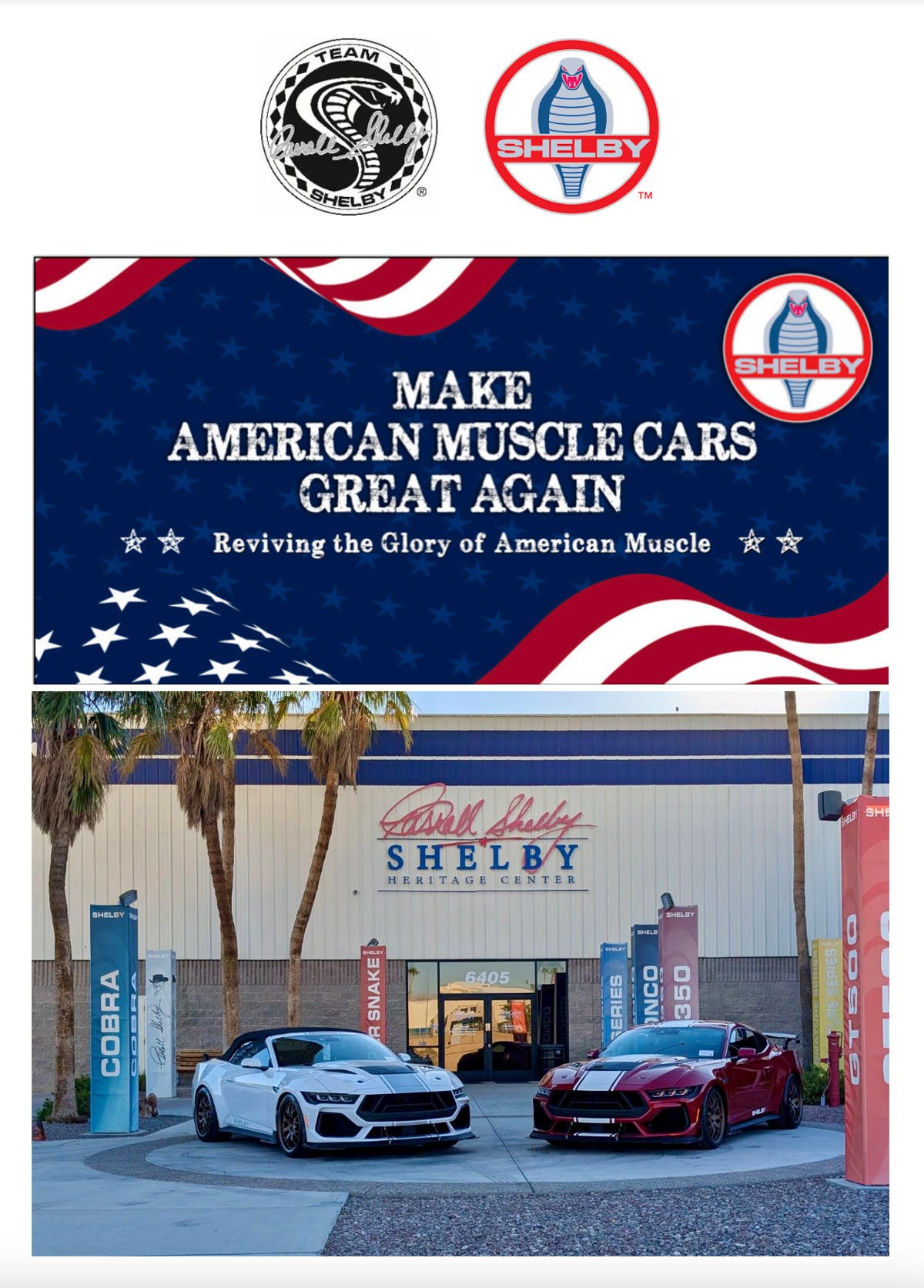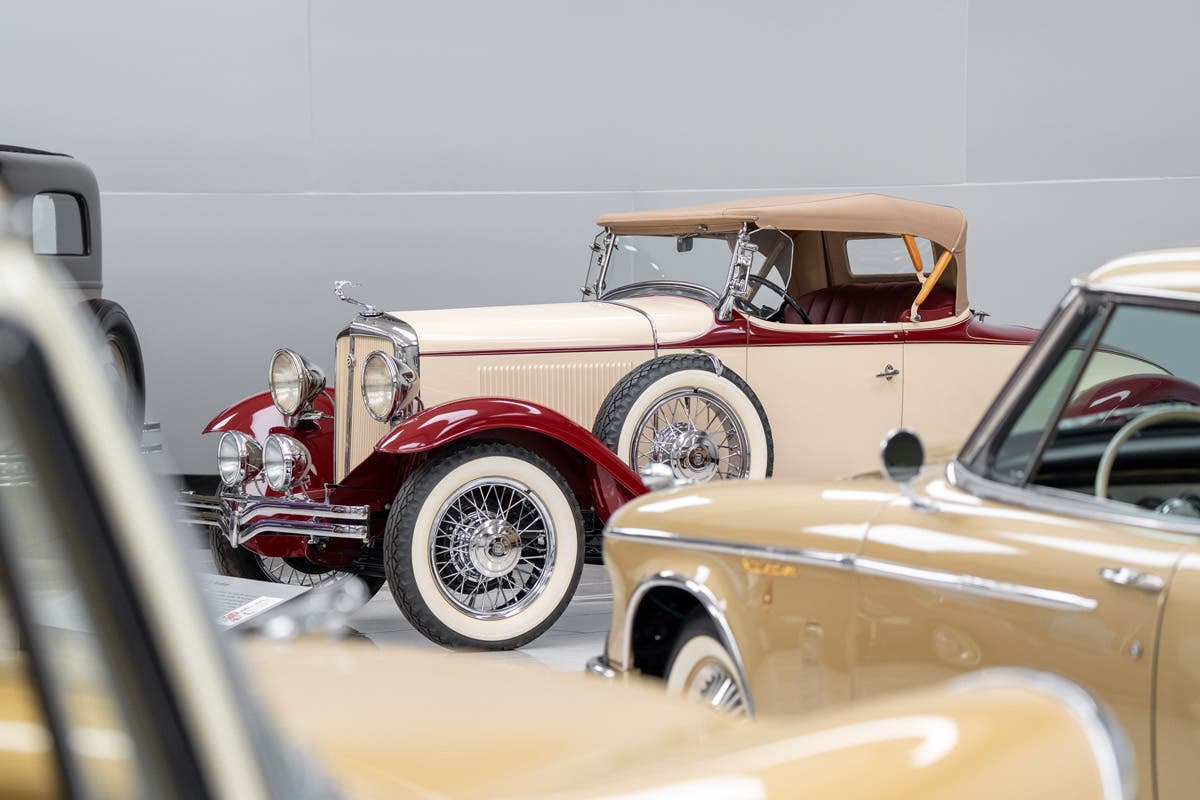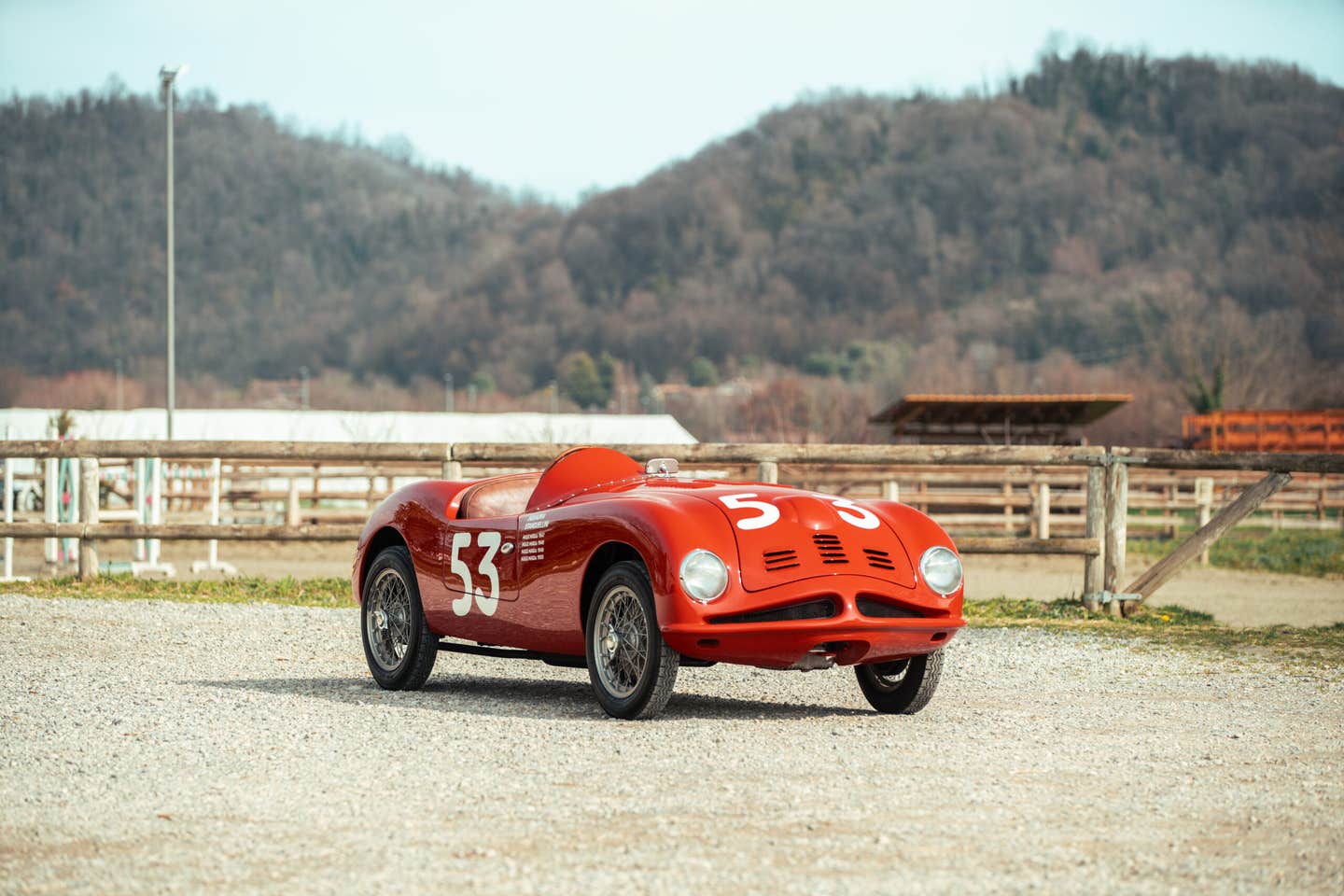Lights on at new Route 66 Electric Vehicle Museum
By Jim Hinckley U.S. 66, known throughout the world as Route 66, officially ceased to exist almost 30 years ago. Still, this simple highway has morphed into something special. It…
By Jim Hinckley
U.S. 66, known throughout the world as Route 66, officially ceased to exist almost 30 years ago. Still, this simple highway has morphed into something special. It became America’s longest attraction and a living, breathing time capsule that preserves a century of American societal evolution, with just a thin overlay of Disneyland. It is the Main Street of America and now, the crossroads of the past and future.
Roderick Wilde, executive director of the Historic Electric Vehicle Foundation, said “I originally had the idea for an all-electric vehicle museum while working in Croatia in the winter of 2012. First, I contacted Larry Fisher, the world’s expert on U.S.-built electric micro cars that also had a background in museum development.”
With commitment from Fisher, Roderick contacted other individuals with a passion for electric vehicles, retained an attorney and initiated the corporate paperwork for establishment of the Historic Electric Vehicle Foundation, a 501c3. In addition to Roderick, a collector of vintage electric vehicles, and Fisher, currently the executive director of the Wally Parks NHRA Motorsports Museum, the foundation directors include Marty Gay of Port Townsend, Wash., and John Wayland, creator of the White Zombie (a 1974 Datsun conversion that is the world’s fastest street-legal electric drag car). Chip Gribben and Bob Oldfather, founder of Bookmans Entertainment Exchange and an avid collector of historic electric vehicles, are also board members.
“In January 2014, I was first informed of the Route 66 International Festival in Kingman, Ariz., by Jim Hinckley, who invited us to bring some historic electric vehicles to the event as the theme was ‘Route 66: Crossroads of the Past & Future,’ and facilitated meetings with city officials,” Wilde said. “Shortly after our conversation, and presenting the idea to the foundations board, a unanimous decision was made to attend and support the concept of Route 66 becoming an ‘electric highway.’”
Together with Wilde, Kingman city manager John Dougherty and Josh Noble, Kingman area tourism director, developed a tentative plan for an exhibition at the festival that would serve as a nucleus for establishment of the envisioned Route 66 Electric Vehicle Museum.
Fittingly, it was determined that the embryonic display would be housed in the Powerhouse Visitor Center, a pre-statehood concrete structure that served as the area’s electric generating facility until completion of Hoover Dam in the 1930s. The Powerhouse also houses a critically acclaimed Route 66 museum and a gift shop, and the offices of the Arizona Route 66 Association and Kingman-area tourism information.
The vehicles on display at the soft opening of the exhibition during the festival ranged from a Tesla Model S owned by Tudor Melville and the “White Zombie,” an electric race car capable of 0-to-60 mph in 1.9 seconds, to a rare 1909 Ellwell-Parker baggage tug owned by Bob Oldfather.
Currently, the museum is open by appointment or request made at the Powerhouse Visitor Center information counter, but plans for an official opening and established hours are under development.
Plans also call for the addition of more vehicles, large graphic wall displays and a film on the history of electric vehicles shown in the visitor center theater. Vehicles currently on display include the 1909 Ellewell-Parker, a 1930 Detroit Electric coupe, numerous examples of electric micro cars produced before 1960 including a rare Electric Shopper, and the world’s first electric street rod.
To schedule a viewing of the exhibition or for more information, call the visitor center at 928-753-6106. For information about vehicles being prepared for the exhibit, or to donate or loan vehicles, contact the Historic Electric Vehicle Foundation at www.hevf.org.








